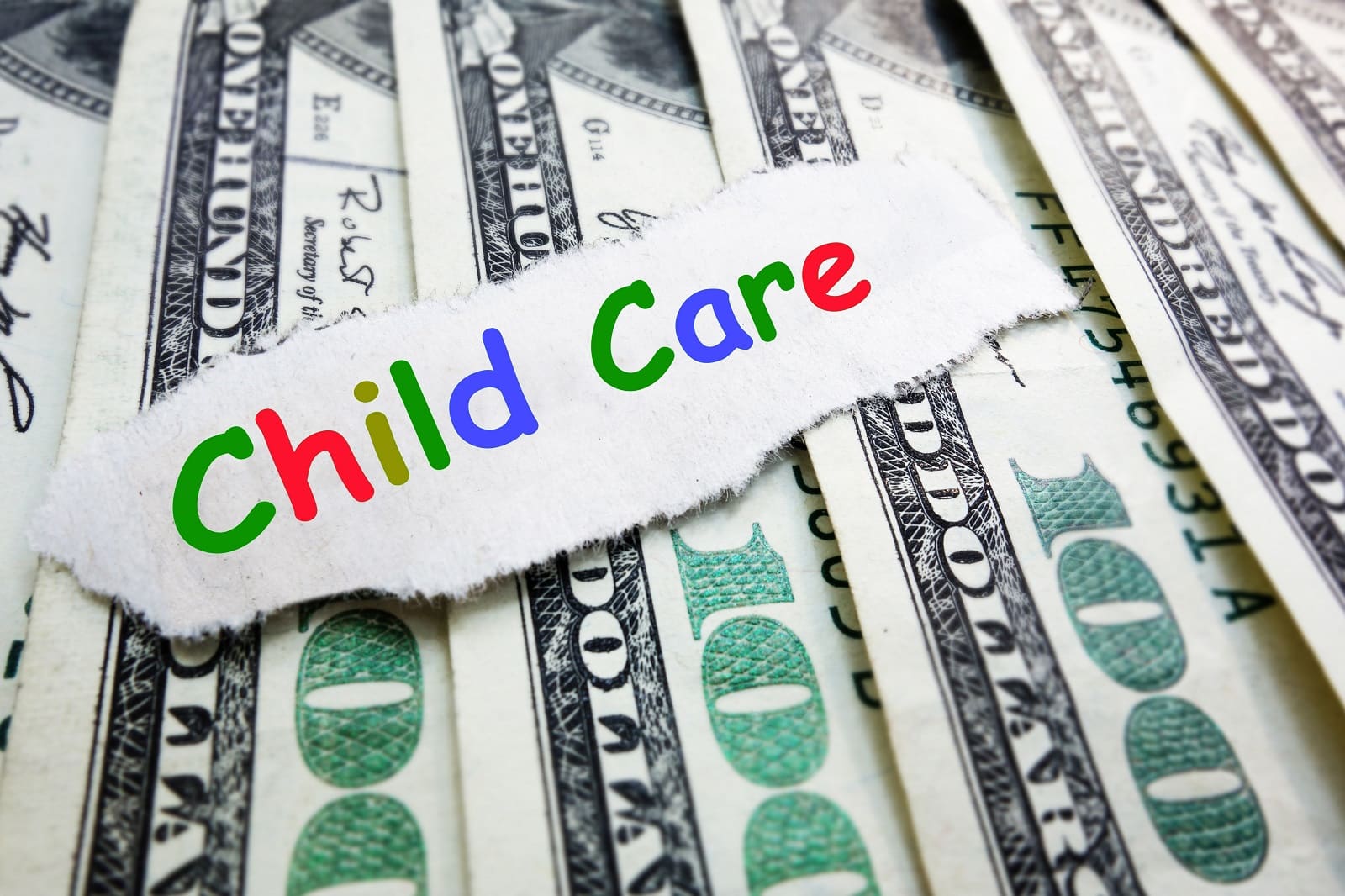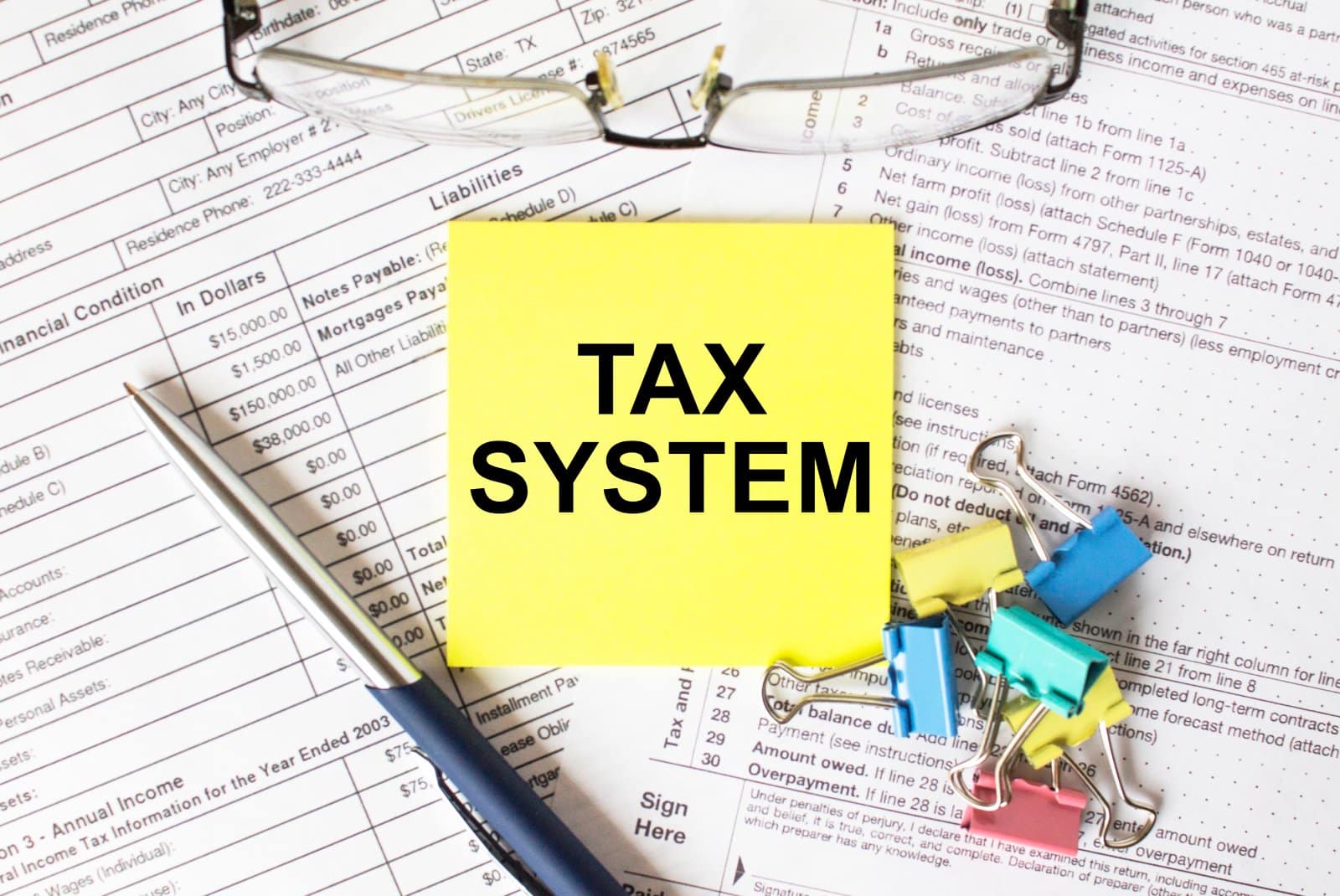Childcare costs are hitting hard for families all across the U.S. These days, taking care of kids is getting more and more expensive, and it isn’t showing signs of slowing down. Across the country, parents are feeling the pinch as childcare costs soar, especially since the end of pandemic support.
The Cost of Childcare

A recent report looked into how much families are forking over for childcare, and the numbers are eye-opening. On average, families are dishing out over $11,000 a year per child for daycare centers.
The Heavy Burden on Families

That’s a big chunk of change, eating up about 13% of what families bring in. Even if you opt for home-based child care, families still have to pay a significant portion of their income – roughly $8,500 a year for each child.
Financial Hurdles

Unsurprisingly, most families find these fees a huge problem. These kinds of prices are out of reach and overly expensive for the majority of households.
Analyzing Data From Across the Nation

The data from the report, which looked at info from ChildCare Aware’s Child Care Data Center and the U.S. Census, shows that childcare is hitting families hardest in certain states.
State-By-State Struggle

Places like North Carolina, New Mexico, New Jersey, California, and Washington are some of the most expensive spots for childcare.
New Hampshire, North and South Dakota, Utah, Maryland, and Missouri, on the other hand, have more reasonably priced possibilities.
The Priciest Spots

Let’s break it down a bit: In South Dakota, where the median family income is about $81,470, daycare costs around $7000 a year – around 9% of what families bring in. Home care is a bit cheaper at just under $5500.
Differences in Affordability

But head over to New Mexico, where the median family income is $59,007, and daycare jumps to over $9200 a year – that’s almost 16% of the family’s income. Home-based care is also pricey, running over $8000.
Government’s Affordability Standard

The government says childcare should be “affordable,” meaning it shouldn’t eat up more than 7% of what a person makes. Shockingly, by the government’s own metric, not a single state in the country meets that standard.
Parental Struggles

A survey from Care.com backs up just how tough it is for families to afford childcare these days.
It found that 89% of parents spend 10% or more of their income on childcare expenses, and over 70% of parents spend 20% or more of their annual income on childcare.
Surging Costs Since 2019

Since 2019, the average cost of childcare has shot up by a huge 32%, according to the Bank of America Institute. And with the end of pandemic support in 2023, childcare costs have only gone up even more.
Even though families have been saving more since 2019, families paying for childcare have had to tighten their belts.
Women’s Employment

High childcare costs are hitting women especially hard, as the steep prices are forcing moms to leave their jobs to take care of their kids.
A Democratic Push

Democratic lawmakers have been advocating for increased investments in childcare across the nation.
The state of New Mexico is paying for most children under five’s daycare expenses through a trust financed by the state’s production of natural gas and oil.
Vermont’s Legislative Override

In Vermont, Democratic state legislators showed their support for daycare by overriding a Republican governor’s veto and enacting a payroll tax increase intended to pay for childcare subsidies.
Republican’s Shift

Republicans, for their part, are softening their stance on Government spending on childcare costs.
Just this week, newspapers reported that an increasing number of Republican legislators are backing the idea of funding childcare services with public money.
Covid-19’s Influence on Policy

Historically, Republicans have been hesitant to allocate taxpayer funds for childcare, but the COVID-19 outbreak exposed the childcare sector’s weaknesses and highlighted how important its role is in helping working parents.
Changing Dynamics

As the Pandemic relief well dries up, Republican state politicians are starting to focus more and more on childcare cost support as a key policy.
Missouri’s Proposal

For instance, Republican Governor Mike Parson of Missouri has suggested tax incentives to support childcare providers and proposed investing around $130 million to help low-income families access childcare services.
Louisiana and Alabama’s Subsidy Initiatives

Similar efforts are underway in other Republican-led states. In order to assist low-income families with daycare costs, Louisiana set aside a massive $52 million in childcare subsidies.
In comparison, Alabama offered $17 million in incentives to childcare providers so they would get licensed.
Texan Voters Rally for Relief

Texans recently voted en masse to cut property tax for daycare centers.
Addressing a Nationwide Concern

With more Republicans pledging to confront the childcare crisis head-on this year, there is a growing bipartisan recognition that investing in childcare infrastructure is essential to ensuring the welfare of families and the larger community.
The post Soaring Childcare Costs Across America Could Spell Crisis first appeared on Swift Feed.
Featured Image Credit: Shutterstock / fizkes.
The content of this article is for informational purposes only and does not constitute or replace professional financial advice.

